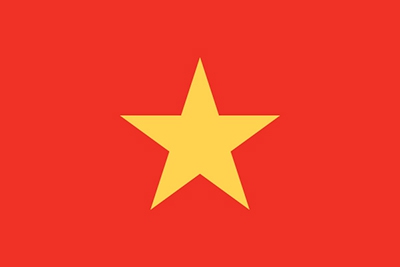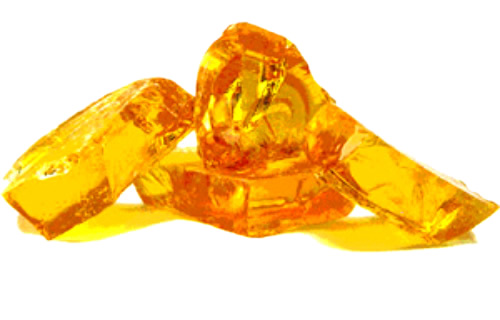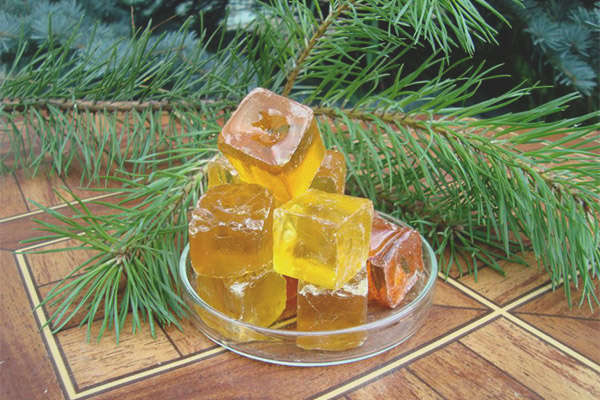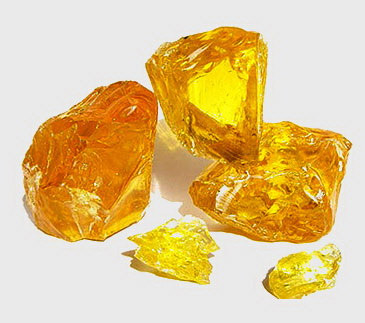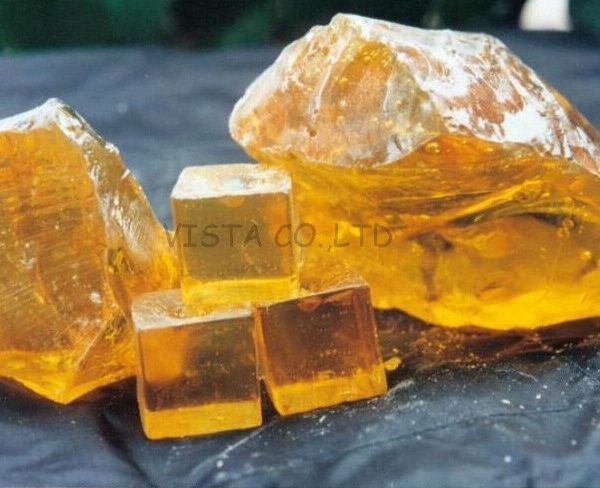Pine incense is the remains after storing the resin of the horsetail pine tree to get the essential oil that has a sweet, bitter taste, aroma, and temperate properties. It has the effect of bactericidal leprosy, muscle growth,
View more
1. Distribution, collection and processing of cedar trees
- In the North of our country, pine is planted most concentrated in Quang Ninh, it is estimated that pine occupies tens of thousands of hectares running from east to west, then to Thanh Hoa, Nghe An, Quang Binh, a little in Bac Kan, Thai Original.
- In the South, on the Langbiang plateau between Phan Rang-Phan Thiet, there are many tens of thousands of hectares of land in Laos and Cambodia.
- Pine likes sandy soil. Plant pine by seeds. After 4-5 years of planting, start pruning, must be pruned so that the branches touch each other but do not alternate.
- It is common to plant pine after 15-20 years before starting to exploit plastic. At that time, the tree had a circumference of about 60cm. Usually people distinguish two types of pine: Pine to live long, take the resin every 4 years and only take the resin when the tree trunk is 1.5m above the ground with a 1m detour. The 60-year-old pine tree gives the most resin, then the amount of resin gradually decreases.
- The time to take the plastic starts from March to October. But right from February, people have shaved off the peel on a 10-15cm wide, 60-80cm long. In March, people use a small hoe to cut a piece of bark about 9cm wide, after 1cm, into the layer of wood 3-4cm high.
- Plastic oozes from the wound, but it stops very quickly. That is the stage when the sap flows from the wound but then it stops very quickly. That is the initial phase of sap flow with physiological essence: The resin stored in the tree is sloping out. Around the wound will form a new layer of wood with a lot of excretory vessels. Shave next time, the plastic will flow again; resin flows this time due to pathological properties. As soon as the bleeding stops, shave again, once a week. The first year is about 60cm high, the fourth year is about 3m.
- If you want to keep the tree alive, take a year off every four years. The first year is scraped in the east, the next year is scraped at a distance of 1200 from the previous year. The sap that flows out through the zinc trough sticks to the trunk and is collected into a small clay pot. Then put in an iron or wooden barrel with a volume of 17-18 liters.
- In Quang Ninh, an average pine tree gives about 18% essential oil and 60% cedarwood, so each tree a year gives about 700g of essential oil and 2kg of colophon. If the sap is exhausted until the tree is dead, then one pine tree can provide up to 8kg of sap or even more. In the rainy season, the yield of resin is lower, but the percentage of essential oils is higher than in the dry season.
- After harvesting, turpentine can be refined for use: The process is to add water to the plastic and then heat it. Then the residue and water will settle to the bottom and the good resin will float on top.
- To refine the incense, put the resin in the water in the pot and then store the steam. Then the essential oil will be distilled by steam and we get pine essential oil, the substance remaining in the distillation pot is called cedarwood. If the pine resin is refined before the essential oil is distilled, the cedarwood will be clean and have few impurities. If the turpentine is not refined before the essential oil is distilled, then after the turpentine is stored, we will have to refine it with water. The dirt will settle in the water. When cooking, use a solvent such as benzene to dissolve and filter.
2. What is cedar flavor?
Tung Huong is also known as Tung Chi, Tung Cao, and Tung Giao. Scientific name Resina Pini-Colophonium, belongs to the pine family Pinaceae. The taste of cedarwood or cedarwood is the solid residue left after the resin of the horsetail pine is mixed with water.
The pine tree is a large tree, up to 20-30m tall, the trunk diameter can be up to 2m, the trunk is straight, the bark is rough and cracked. The needle-shaped leaves are always green, with only a small vein, clustered with two or three leaves, depending on the species. "Flowers" are almost sessile cones.
In Vietnam, Laos and Cambodia, there are the following species:
- Pine pine (Pinus merkusii Jungh et De Vries) belongs to the Pinaceae family: Tall tree, long needle-shaped leaves, dark green two leaves in a common sheath, seeds with flattened wings, giving many resins, hence the name resin pine.
- Horsetail pine (Pinus massoniana Lambert) also belongs to the Pinaceae pine family: The trunk has cracked bark, thick canopy, erect. Horsetail pine produces little resin and often grows interspersed with resinous pine.
- In the South Central Coast and Cambodia, there are also three-leaf pine (Pinus kesiya Royle) belonging to the same Pinaceae family: Each sheath has three leaves.
In China, in Guangdong and Fujian, people exploit horsetail pine (Pinus massoniana Lambert) and in Northern China harvest elm (Pinus tablaeformis carr) belonging to the same family.
Xem thêm


